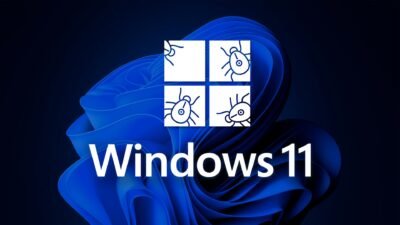Top 5 Benefits of Using NAS Storage for Your Home and Office

Network-attached storage (NAS) devices have become increasingly popular for both home and business use. NAS allows you to set up centralized, high-capacity storage that can be accessed by any authorized device on your local network or remotely over the internet. Here are the top 5 benefits of using a NAS system for your home or office:
1. Centralized Storage
A NAS gives you one place to store all your files, media, backups, etc. Rather than having data spread across multiple computers, external drives, or cloud accounts, everything is accessible from one centralized device on your network. This makes it easy to manage and find files without having to search in multiple locations.
2. Accessibility
Once set up on your network, a NAS can be accessed wirelessly by all your devices at home or the office. You can connect to it from computers, smartphones, tablets, smart TVs, gaming consoles, and more. Some NAS systems also allow remote access when away from home so you can reach your files anywhere with an internet connection.
3. Scalability
Many NAS systems are highly scalable, meaning you can expand their storage capacity over time as your needs grow. By adding additional hard drives to the NAS enclosure, you can increase available storage into the terabytes. This scalability makes a NAS a flexible, long-term investment.
4. Backups
NAS provides a centralized destination for backups of all the devices on your network. Automated backup software makes it easy to schedule regular backups of computers, smartphones, tablets, etc. Having an on-site backup protects against data loss if any of your devices fail or are damaged, stolen, or infected with malware.
5. Data Redundancy
Higher-end NAS systems offer the option for RAID storage configurations. RAID allows you to store data redundantly across multiple drives, meaning your data stays protected even if one of the drives fails. This prevents against data loss due to hardware failure.

Key Features to Look for in a NAS
When shopping for a NAS, keep the following key features in mind:
● Storage capacity
● Processor performance
● RAID capabilities
● Remote access options
● Number of drive bays
● Backup software
● Ease of setup and management
● Security protocols
Leading NAS Brands
Some of the top brands for NAS devices include:
● Synology
● UGREEN
● QNAP
● Asustor
● WD
● Netgear
● TerraMaster
● Drobo
NAS Storage for Home Use
For home use, a NAS provides the following key benefits:
● Central storage and backup for all computers, phones, media, etc.
● Ability to stream media, photos, music to various devices
● Remote access to files when away from home
● Shared storage and calendars for family members
● Extra protection against malware, ransomware, device failures
Many home users opt for an entry-level 2 or 4-bay NAS which offers enough capacity and features for most households. Some popular home NAS models include:
● Synology DS220+
● UGREEN NASync DXP2800
● UGREEN NASync DXP4800+
● WD My Cloud Home Duo
● QNAP TS-231P3
● Asustor AS5202T
● TerraMaster F2-221
NAS Storage for Business Use
For businesses, NAS offers these advantages:
● Central data storage accessible by all employees
● Shared folders and permissions for teams or projects
● Backups of critical business data
● Scalability to accommodate growing storage needs
● RAID for redundancy against drive failure
● Remote access for employees working remotely
Many businesses choose a 4 to 16-bay NAS that offers ample storage, fast processors, and RAID capabilities. Some popular business NAS options include:
● QNAP TS-453D
● UGREEN NASync DXP6800 Pro
● Synology RS816
● Asustor AS6302T
● WD My Cloud EX2 Ultra
● Netgear ReadyNAS RN2312
Setting Up Your NAS
Setting up a NAS device takes just a few steps:
1. Connect the NAS to your router using an Ethernet cable.
2. Install the hard drives into the NAS enclosure.
3. Power on the NAS.
4. Access the NAS management interface using its IP address.
5. Follow the setup wizard to configure RAID, file sharing, users, etc.
6. Map network drives on your devices to the NAS shared folders.
7. Copy files to the NAS to begin centralizing your storage.
Many NAS devices also offer mobile apps to make setup and management easier. Overall, NAS systems are designed for simplicity – most users can get their NAS up and running in less than 30 minutes.
Conclusion
Investing in a NAS device brings huge benefits for home users and businesses alike. By providing centralized, secure storage that all your devices can access, a NAS simplifies your data management and protects your most critical files. With solutions available from top brands at various price points, there is NAS storage suitable for just about any need and budget.
Alexia is the author at Research Snipers covering all technology news including Google, Apple, Android, Xiaomi, Huawei, Samsung News, and More.









